How many times have you heard of Tutankhamun's curse? From the inscription that Howard Carter would have found on the door of his tomb warning that Death will come on light wings to the one who hinders the pharaoh's peace o Death will strike with its fear the one who disturbs the rest of the pharaoh ? Actually, Carter did not review anything about it in his diary and it was the death of Lord Carnarvon, his patron, that sparked the legend about the revenge of the child pharaoh. Who was Lord Carnavon? Let's see it.
His name was George Edward Stanhope Molyneux Herbert and he was born in Hampshire (England) in 1866. Obviously, he was from a noble family, the son of a conservative politician named Henry Herbert, Earl of Carnarvon, which is why the newborn immediately received the title of Lord Porchester. He left his residence, the lavish Highclere Castle (immortalized in the television series Downtown Abbey ), to study at the prestigious colleges of Eton and Trinity, in Cambridge, succeeding his father as head of the county in 1890.
Five years later he married Almina Victoria Maria Alexandra Wombwell, illegitimate daughter of the banker Alfred de Rothschild, in the same chapel of St. Margaret that used to host the weddings of illustrious personalities, in the case of Catherine of Aragon or Winston Churchill, and also some burials. renowned, such as those of the sailor Walter Raleigh and the poet John Milton. It is not surprising that someone of his lineage accepted that union because, feelings aside, connecting with the Rothschild family was good for him to pay the large debts left by his father, thanks to the half million pounds that the dowry added. /p>
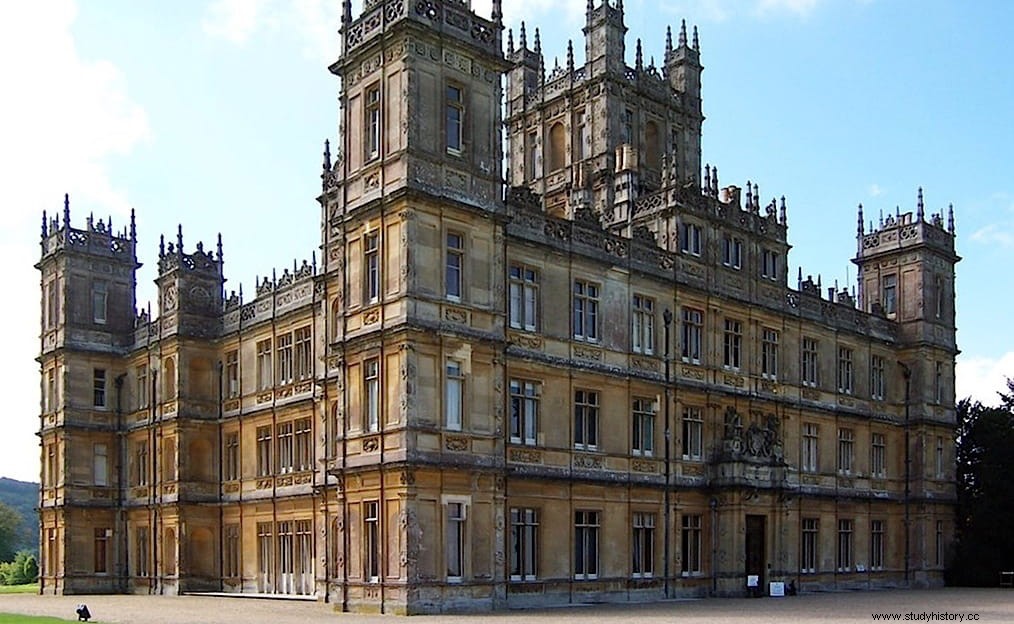
Solving the economic issue, Carnarvon invested part of his fortune in thoroughbred racehorses, enlarging it. This allowed him to lead a carefree and chic life typical of the wealthy class of that time, which included two hobbies that would determine his future. One, being what was called a sportsman; another, the interest in Egyptology, an archaeological branch that was experiencing a period of splendor since Napoleon's expedition to Egypt a century earlier. Curiously, both things would combine to make history enter that aristocrat who, otherwise, would have no more interest than for fans of horse racing.
And it is that the fashionable sport in the first two decades of the 20th century was motor racing. All the rich who could afford it bought a car and hurtled down those precarious road networks, designed for carriages, not motor vehicles, sometimes ending tragically. Carnarvon could have been one of the first to lose his life but he was lucky. At least partially because, in 1901, the accident he suffered while avoiding a bullock cart during a visit to Germany (where he had moved because the speed limit was higher than the six miles per hour allowed in his homeland), was so serious that it caused significant injuries.
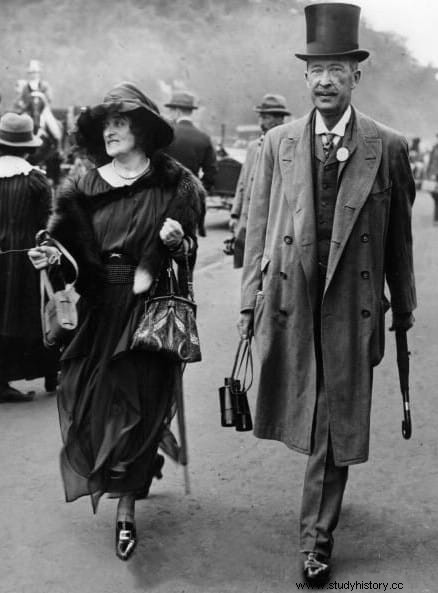
When he was discharged from hospital, the consequences were obvious. The broken wrist, concussion and mouth injuries were behind him, as was a temporary loss of vision, but in return he was half disabled from burns to his legs and his lungs were damaged forever, making it difficult for him to survive. the breathing. That is why the doctors recommended that he leave the humid climate of England and find a warmer and drier place to reside.
Egypt appeared there, his other great passion, where he began to travel every year to spend the winter, taking the opportunity to acquire antiques with which he gradually formed a private collection. He had no training in this respect, so he took advice from Sir William Garstin, an adviser to the Ministry of Public Works, who even arranged for him a license to dig. He just needed a man on the ground, someone who had the knowledge he lacked and, above all, who was not physically handicapped, so he asked Gaston Maspero, a French Egyptologist who ran the Egyptian Antiquities Service, for help. The name he proposed was Howard Carter.
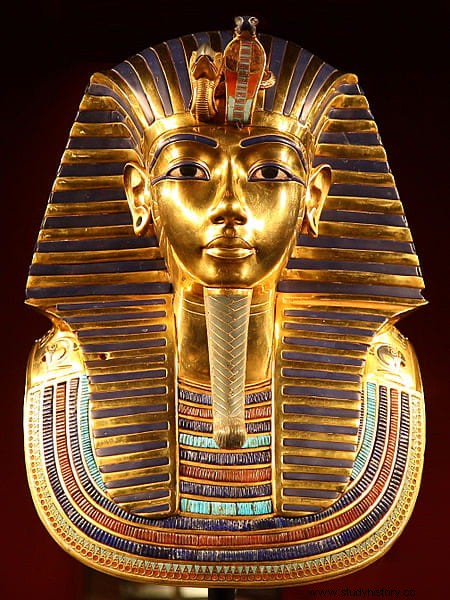
Carter also had no university studies but had worked as an assistant to the famous archaeologists Flinders Petrie and Edouard Naville, at whose side he not only learned everything necessary but reached such a level that he was appointed Inspector of Antiquities in Cairo. At the time he was out of a job after an altercation with some French raiders, so he gladly accepted Carnarvon's patronage; they would be together for sixteen years.
They began in 1907 excavating in Deir el-Bahari and in 1914 they moved to the Valley of the Kings but the First World War forced them to stop until 1917, when they returned to activity and continued until 1922. By then the lack of results and the conviction that the valley was out of it, they had disappointed the crippled aristocrat so much that he decided to put an end to his archaeological hobby; that would be his last year. And as it neared his end, on November 4, he received a telegram from Carter at his London home announcing that he had made a "wonderful discovery" , a “magnificent tomb with intact seals” .
The previous month Carter had asked for an extension assuming the expenses himself, convinced that there was something. Sure enough, on October 22 he found some steps leading to a boarded up entrance. He knocked her down with his pickaxe to gain access to a narrow, rubble-strewn corridor, a sign that looters had passed through earlier, but her intuition told her they might not have succeeded. Following the usual protocol, he had the entrance blocked off, notified the authorities of the discovery and notified his sponsor.
He presented himself accompanied by his daughter Evelyn and wanted to visit the tomb, baptized as KV-62, before its official opening. Thus, they cleared new steps of the entrance and were excited to see the scarab of Tutankhamun, a pharaoh about whom little was known. The euphoria collapsed upon finding new signs of the passage of looters and cartridges with the names of other kings, indicating that perhaps this was not a tomb but a simple deposit of funerary offerings.
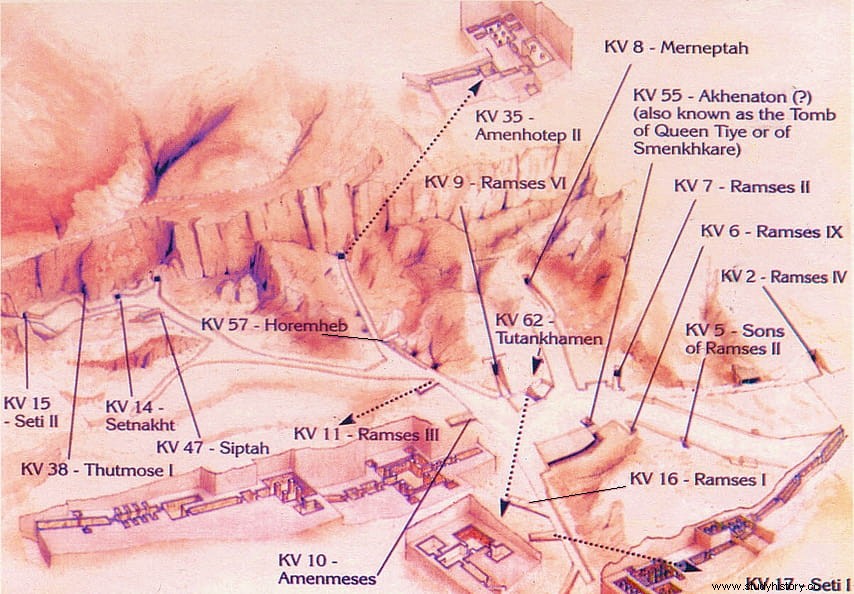
But the next day they discovered another door; It had a broken seal, but the hole made made it impossible for a thief to have passed through. And as the name of Tutankhamun was read again, they recovered their optimism. Carter widened that gap with a hammer and poked through the other side with a candle. The scene has been glossed over thousands of times:
Do you see anything worthwhile? -asked an anxious Carnarvon-
-Yes, wonderful things -answered the other with astonishment-
Then the patron appeared with an electric torch and was ecstatic. A visit to the Archaeological Museum of Cairo is not enough to understand the emotion that the two partners must have felt:chests, statues, a divan, a throne, four war chariots, hundreds of chests, alabaster vases... and two more doors, sealed and inviolate, one of which they had to crawl through a hole, Carnarvon and Evelyn included, though that would be later; The fact is that it gave way to the funerary chamber, where an imposing cabinet kept the three sarcophagi, one inside the other, in the last of which the mummy of Tutankhamun rested with her precious gold mask.

The news went around the world and the sensational find was attributed to Carnarvon, not so much for financing the campaign as because it was he who wrote a letter to the British Museum reporting it and he did so in the first person singular. In addition, Carter became a target for the darts of many archaeologists who accused him of not having a title. Carnarvon had no patience for the slow pace that archaeological excavations require and he returned to England while he finished work on the tomb:removal of debris, photography, cataloging, preservation treatments...
Carter and Carnarvon had a serious discussion in February 1923 when the former imposed his criteria of handing over the treasure to the Egyptian authorities, since the latter expected to keep a part of it; more for prestige than for money, since the amortization of expenses was guaranteed (in 1939 the Egyptian government would expropriate the tomb and its contents by paying compensation to the Carnarvons). They finally reconciled and resumed work, which had been interrupted for this reason. But their fruitful association was about to end and the legend began. And it was a mosquito's fault.
After one of those discussions, Carnarvon had left the house of Carter, of whom he was a guest, to settle in the Winter Palace Hotel in Luxor. On the morning of March 19, he woke up with a 100-degree fever that he attributed to an infection caused by a mosquito bite he cut while shaving. Ignoring medical advice to rest, not drink alcohol and take ad hoc prescribed medication , throughout the week he got worse until they had to transfer him to Cairo, where he died in a room at the Hotel Continental-Savoy on April 5.
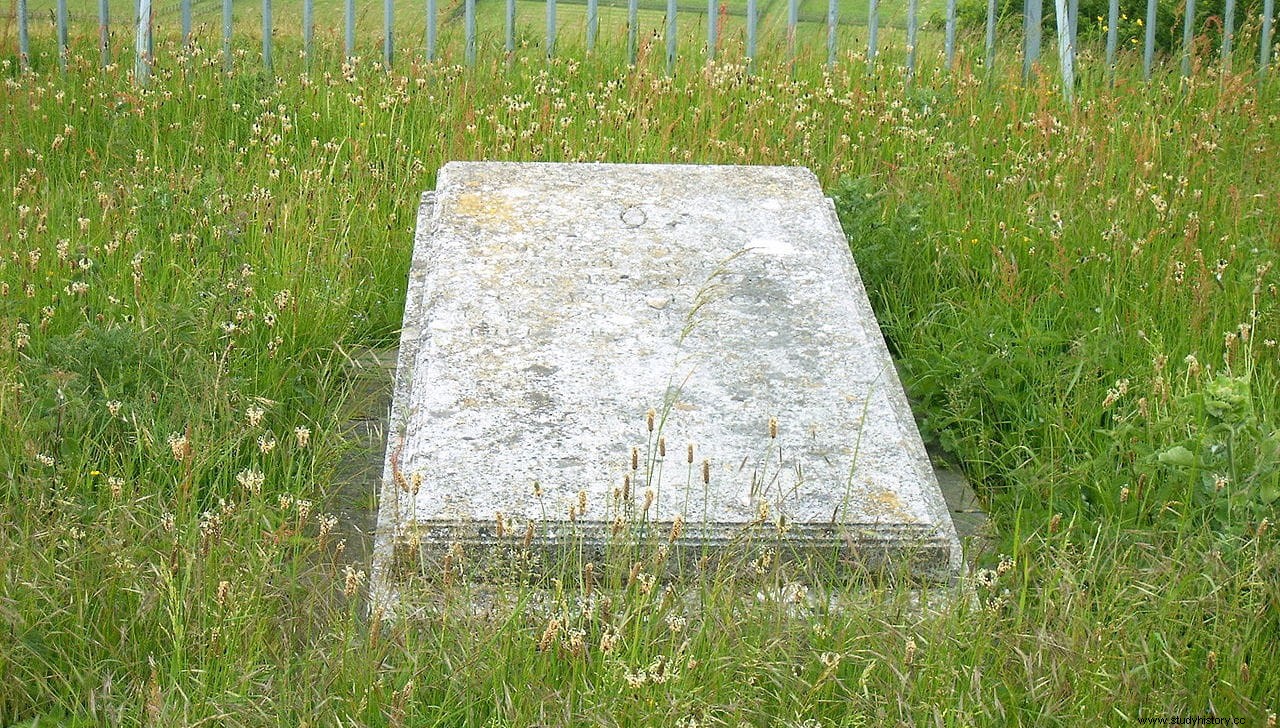
The death opened the door to the story of the curse of Tutankhamun, a whole vein for the sensationalist press, which began to relate to it alleged deaths of people who had worked on the excavation:from some Egyptian workers to curious people who had visited the tomb , passing through Carter's assistant and Carnarvon's own brother. The truth is that these deaths -eight of a total of fifty-eight people involved- did not come all together but lasted over several years, which is quite natural. Carter himself was "killed" by an American newspaper that got someone with the same name wrong.
The matter was growing in size and acquiring ever more fanciful details never shown:it was said that, in his last breath, Carnarvon had shouted that a raven (assimilated to the goddess Nejbet) was sinking its claws into his face, which at that moment his dog also died in London, that the power went out in all of Cairo, that his canary was devoured by a cobra and that a wound was found on the pharaoh's mummy exactly at the same point on the neck where the alleged pimple was. Also, many seers and spiritualists, who were fashionable in those years, made a killing claiming that they had predicted it. Even Sir Arthur Conan Doyle, totally credulous on these issues due to the desire to contact his prematurely deceased son, echoed.
Already at the time, attempts were made to deny the existence of the curse and the most obvious argument was that the main person responsible for violating Tutankhamun's eternal rest, Howard Carter, not only was not affected but became a world figure in archeology. and lived until 1939. We could add to the thousands and thousands of tourists who have visited the site since then.

There were and are several explanations given at the end of Lord Carnarvon. Hypotheses such as septicemia and mycotoxins (mushrooms that would be in the tomb) were considered, but it is currently believed that Lord Carnarvon's death had nothing to do with that small hypogeum in the Valley of the Kings; a study in the medical journal The Lancet suggests that it was multi-organ failure due to pneumonia, caused in turn by erysipelas (streptococcal infection that affects the skin and lymphatic vessels), to which he would be especially sensitive due to his weakened immune system.
Lady Almina, his widow, repatriated his remains to England and buried them on a hill on her Hamphshire estate called Beacon Hill, in a simple burial consisting of a gravestone on the grass surrounded by a fence. It is said that at the end of the funeral, a medium approached his son, Henry Hebert, and warned him never to go near his father's grave so that the curse would not pass on him... and that the young new earl made him case.
